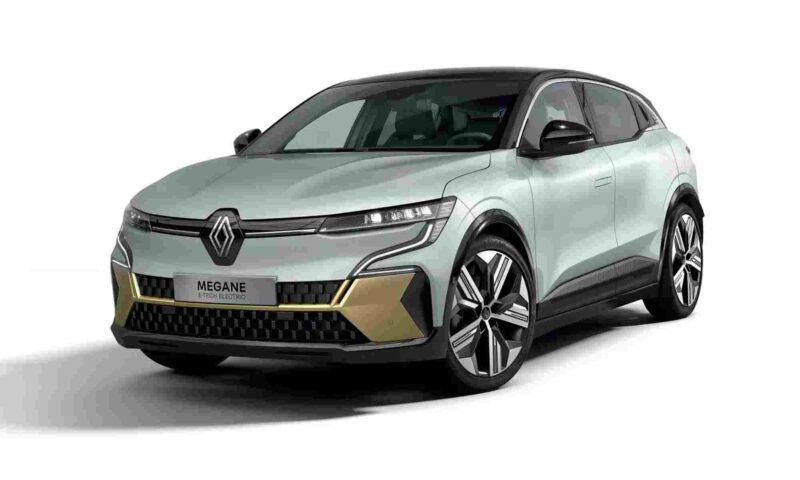How Does Regenerative Braking Work?
A guide explaining regenerative braking technology and how it works.
Last updated: Aug 28, 2025 • 4 min read

Summary
Regenerative braking captures the energy typically lost during braking to recharge an electric vehicle’s (EV) battery.
Regenerative braking in EVs
Regenerative braking might sound like jargon straight out of a car enthusiast's glossary, but trust us, it's not as complex as it sounds. In fact, understanding this feature can add a whole new layer of appreciation for electric vehicles (EVs).
So, what exactly is regenerative braking, which cars come equipped with it, and why should it matter to you? Let's gently press on the brake pedal and find out.
What is regenerative braking and how does it work?
When you hit the brakes in an ICE car, the brake pads clamp the brake discs to slow the wheel down. This generates heat which is wasted during the process. Similarly, if you just take your foot off the accelerator, the car’s momentum as it gradually coasts and slows down is also lost.
All EVs have the same standard hydraulic system like ICE cars using brake pads. But some also have regenerative braking or regen braking, a clever piece of technology that takes energy from the car’s motor and uses it to recharge the car's battery and improve overall efficiency.
In EVs, the electric motor that powers the vehicle can operate forwards and backwards. Operating forwards, the motor powers the wheels. But with an electric car with regen braking, when you lift your foot off the accelerator, the motor reverses and becomes a generator. The car’s forward momentum feeds energy through this generator back into the battery, recharging it.
You’ll be able to tell when your EV uses regenerative braking because it feels like someone is applying the brakes when you take your foot off the accelerator. It’s similar to using engine braking to slow down an ICE car. If you don’t like the feeling of regen braking, some EVs will let you adjust its intensity or fully turn it off.
What are the benefits of regenerative braking?
Understanding the advantages of regenerative braking is key to recognising its value. Here's a breakdown:
Enhanced energy efficiency: By capturing energy that would otherwise be lost, regenerative braking systems make EVs more energy-efficient, extending their range.
Reduced wear and tear on brakes: This system takes some of the heavy lifting off traditional braking components (the brake pads and discs), leading to less wear and tear and lower maintenance costs.
Environmentally friendly: Less reliance on the conventional braking system means fewer emissions, making regenerative braking a greener option.
Improves battery life: By continually and slowly recharging the battery, regenerative braking can help improve the overall battery lifespan.
Do all EVs have regenerative braking?
The short answer is that most modern electric vehicles come equipped with regenerative braking systems, including fully battery electric and hybrid vehicles. However, the extent to which they harness this technology depends on the car.
Some models allow drivers to adjust the level of regenerative braking for a more personalised driving experience. Many have something called one-pedal driving, which feels like using the brake when your foot is fully off the acceleration pedal.
So, while regenerative braking is a common feature among EVs, the way it's implemented can differ from one model to another.
Do the brake lights come on with regenerative braking?
Yes, the brake lights come on when using regenerative braking in most make and models. It’s an effective signal to drivers behind you to notice you slow down and avoid potential accidents.
In EVs with regenerative braking, the brake lights aren’t solely controlled by pressing the brake pedal. They’ll also light up when you take your foot off the brake entirely at higher speeds, causing the car to decelerate significantly.
Learning more about EVs
Regenerative braking is more than just a fancy feature. It's a symbol of how far driving technology has come in making vehicles more efficient, environmentally friendly and economical to run. Whether you're a seasoned EV driver or someone curious about making the switch, understanding how regenerative braking works can greatly enhance your driving experience and appreciation for sustainable technologies.
Want to learn more about EVs? Check out our EV buying guide for everything you need to know before switching to electric or our guide on range anxiety and how to beat it.

